
The organized International Red Cross and Red Crescent Movement is a humanitarian movement with approximately 16 million volunteers, members and staff worldwide. It was founded to protect human life and health, to ensure respect for all human beings, and to prevent and alleviate human suffering. Within it there are three distinct organisations that are legally independent from each other, but are united within the movement through common basic principles, objectives, symbols, statutes and governing organisations.

Henry Dunant, also known as Henri Dunant, was a Swiss humanitarian, businessman, social activist and the co-founder of Red Cross movement. His humanitarian efforts won him the first Nobel Peace Prize in 1901.

The Battle of Solferino on 24 June 1859 resulted in the victory of the allied French Army under Napoleon III and Piedmont-Sardinian Army under Victor Emmanuel II against the Austrian Army under Emperor Franz Joseph I. It was the last major battle in world history where all the armies were under the personal command of their monarchs. Perhaps 300,000 soldiers fought in the important battle, the largest since the Battle of Leipzig in 1813. There were about 130,000 Austrian troops and a combined total of 140,000 French and allied Piedmontese troops. After the battle, the Austrian Emperor refrained from further direct command of the army.
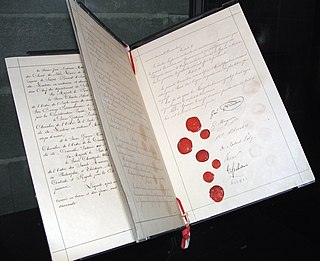
The First Geneva Convention for the Amelioration of the Condition of the Wounded in Armies in the Field, held on 22 August 1864, is the first of four treaties of the Geneva Conventions. It defines "the basis on which rest the rules of international law for the protection of the victims of armed conflicts."

Solferino is a small town and municipality in the province of Mantua, Lombardy, northern Italy, approximately 10 kilometres (6.2 mi) south of Lake Garda.

Humanitarian aid is material and logistic assistance to people who need help. It is usually short-term help until the long-term help by the government and other institutions replaces it. Among the people in need are the homeless, refugees, and victims of natural disasters, wars, and famines. Humanitarian relief efforts are provided for humanitarian purposes and include natural disasters and human-made disasters. The primary objective of humanitarian aid is to save lives, alleviate suffering, and maintain human dignity. It may, therefore, be distinguished from development aid, which seeks to address the underlying socioeconomic factors which may have led to a crisis or emergency. There is a debate on linking humanitarian aid and development efforts, which was reinforced by the World Humanitarian Summit in 2016. However, the conflation is viewed critically by practitioners.
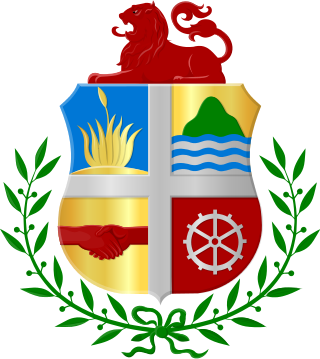
The Coat of arms of Aruba has been officially in use since November 15, 1955, as the recognized national symbol of Aruba.

The Royal Library of the Netherlands is the national library of the Netherlands, based in The Hague, founded in 1798. The KB collects everything that is published in and concerning the Netherlands, from medieval literature to today's publications. About 7 million publications are stored in the stockrooms, including books, newspapers, magazines and maps. The KB also offers many digital services, such as the national online Library, Delpher and The Memory. Since 2015, the KB has played a coordinating role for the network of the public library. The KB's collection of websites as hosted by the former Dutch internet provider XS4ALL is on the Unesco documentary world heritage memory of the world. It is the first web collection in the world that has been granted this status.
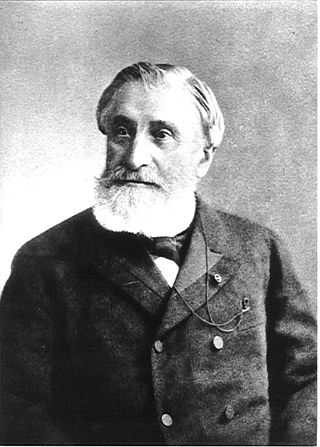
Gustave Moynier was a Swiss jurist who was active in many charitable organizations in Geneva.

The emblems of the International Red Cross and Red Crescent Movement, under the Geneva Conventions, are to be placed on humanitarian and medical vehicles and buildings, and to be worn by medical personnel and others carrying out humanitarian work, to protect them from military attack on the battlefield. There are four such emblems, three of which are in use: the Red Cross, the Red Crescent, and the Red Crystal. The Red Lion and Sun is also a recognized emblem, but is no longer in use.
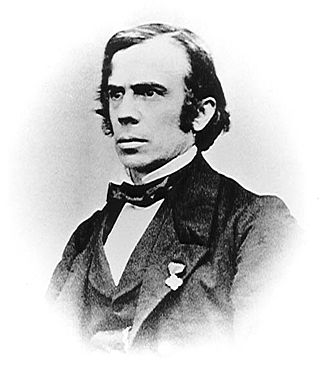
Louis Paul Amédée Appia was a Swiss surgeon with special merit in the area of military medicine. In 1863 he became a member of the Geneva "Committee of Five", which was the precursor to the International Committee of the Red Cross. Six years later he met Clara Barton, an encounter which had significant influence on Clara Barton's subsequent endeavours to found a Red Cross society in the United States and her campaign for an accession of the US to the Geneva Convention of 1864.

Dr. Théodore Maunoir was a Swiss surgeon and co-founder of the International Committee of the Red Cross (ICRC).
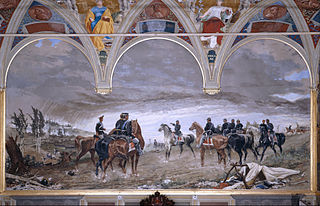
In 1859, during the Italian Risorgimento – the Second Italian War of Independence, – there was another greater battle here, more commonly called the Battle of Solferino or the Battle of Solferino and San Martino. Solferino was the largest battle since that at Leipzig in 1813. As a result of their defeat, the Austrians lost their grip on the region.

The International Committee of the Red Cross is a humanitarian organization based in Geneva, Switzerland, and is a three-time Nobel Prize Laureate. State parties (signatories) to the Geneva Convention of 1949 and its Additional Protocols of 1977 and 2005 have given the ICRC a mandate to protect victims of international and internal armed conflicts. Such victims include war wounded persons, prisoners, refugees, civilians, and other non-combatants.

Johannes Chrishostomus "Kick" Smit was a Dutch football player. He earned 29 caps and scored 26 goals for the Netherlands national football team, and played in the 1934 and 1938 World Cups. He is the first Netherlands football player who scored a goal in a World Cup. During his club career, he played for HFC Haarlem.

The Geneva Conventions are four treaties, and three additional protocols, that establish international legal standards for humanitarian treatment in war. The singular term Geneva Convention usually denotes the agreements of 1949, negotiated in the aftermath of the Second World War (1939–1945), which updated the terms of the two 1929 treaties and added two new conventions. The Geneva Conventions extensively define the basic rights of wartime prisoners, civilians and military personnel, established protections for the wounded and sick, and provided protections for the civilians in and around a war-zone.
Jonkheer Eduard Anton Eugène van Meeuwen was a Dutch lawyer and vice-president of the Court of 's-Hertogenbosch.
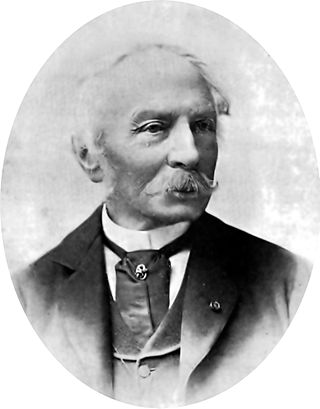
Charles William Meredith van de Velde was a Dutch lieutenant-at-sea second class, painter, cartographer, honorary member of the Red Cross and missionary.

A Memory of Solferino is a book of the Swiss humanitarian Henry Dunant published in 1862. It proved decisive in the founding of the International Committee of the Red Cross.

Johan Hendrik Christiaan Basting was a Dutch army surgeon and friend of Red Cross founder Henri Dunant. He played an important role during the establishment in 1863 of the International Committee of the Red Cross (ICRC), and from that year on he was an advocate for the establishment of a national voluntary aid organization in the Netherlands, the Netherlands Red Cross established in 1867.

















